Should I buy an LG NanoCell TV?
LG NanoCell TVs explained
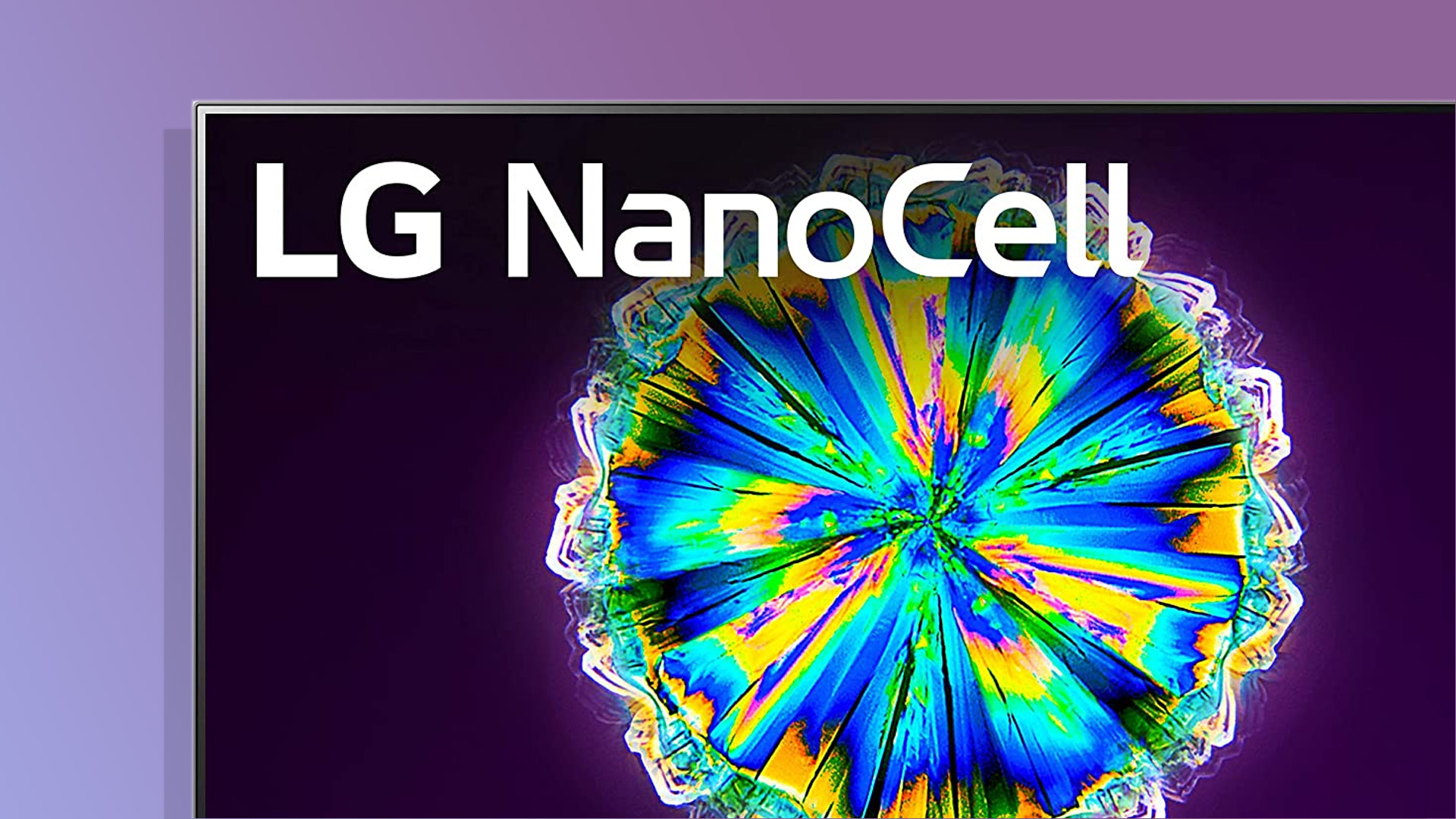
What are LG NanoCell TVs? You might be familiar with LG’s OLED TV range – the LG C1, LG G1, and more. But the NanoCell televisions that sit alongside them often get less headline attention, and we want to fix that.
These so-called ‘NanoCell’ screens make up LG’s mid-range and upper entry-level LCD TVs – the best LG TVs that don’t feature OLED panels, basically. The unspoken aim here is to offer an alternative to Samsung’s excellent QLED TVs, while designating the top tier of LG’s LCD panel televisions.
Recently, LG’s Mini LED TV range of 'QNED' screens has started to roll out worldwide. This brings the company's exciting new combination of NanoCell LCD and Mini LED backlighting to the world for the first time.
But what is LG NanoCell TV tech? How does it compare to Samsung QLED? And should you consider buying an LG NanoCell TV? Read on for everything you need to know below.
What is NanoCell technology?
NanoCell is a proprietary LG technology, a filtering layer that sits about the TV's LCD panel. It is designed to improve color depth on a television's picture, producing more vivid tones, the company says.
The technology is relatively new, and the range of prices is enormous. Sets using LG's NanoCell technology start at $600 and top out at $4,000 for the top of the line models. (You can identify them relatively easily: Most LG TVs with NanoCell tech have "NANO" their names, although some upcoming QNED sets have the technology as well.)
Because NanoCell is a proprietary LG technology, no other manufacturer sells sets that use it - not yet, anyway. LG has licensed out its advanced television technologies in the past, and may do so again with NanoCell.
How does LG NanoCell TV work?
LG has not published any comprehensive documentation on exactly how LG NanoCell works. It’s a bit like the secret herbs and spices recipe behind KFC’s chicken in that sense.
However, we do know roughly what it does. LG NanoCell uses a filter layer that sits in the TV, absorbing specific wavelengths of light. The aim is to purify the color output in order to improve color depth.
One easy way to get your head around this is to think of it in terms of paint. You can’t achieve a pure red paint if there are hints of other colours in the mixture. NanoCell attempts to remove these impurities.
LG NanoCell TVs (and all TVs in fact) paint their pictures using tiny pinpricks of blue, green and red light set at different intensities. So while absorbing light may sound like a removal of color, the end result is an increase in color depth, as wavelengths that would otherwise dull or taint those red, blue and green sub-pixels are eliminated.
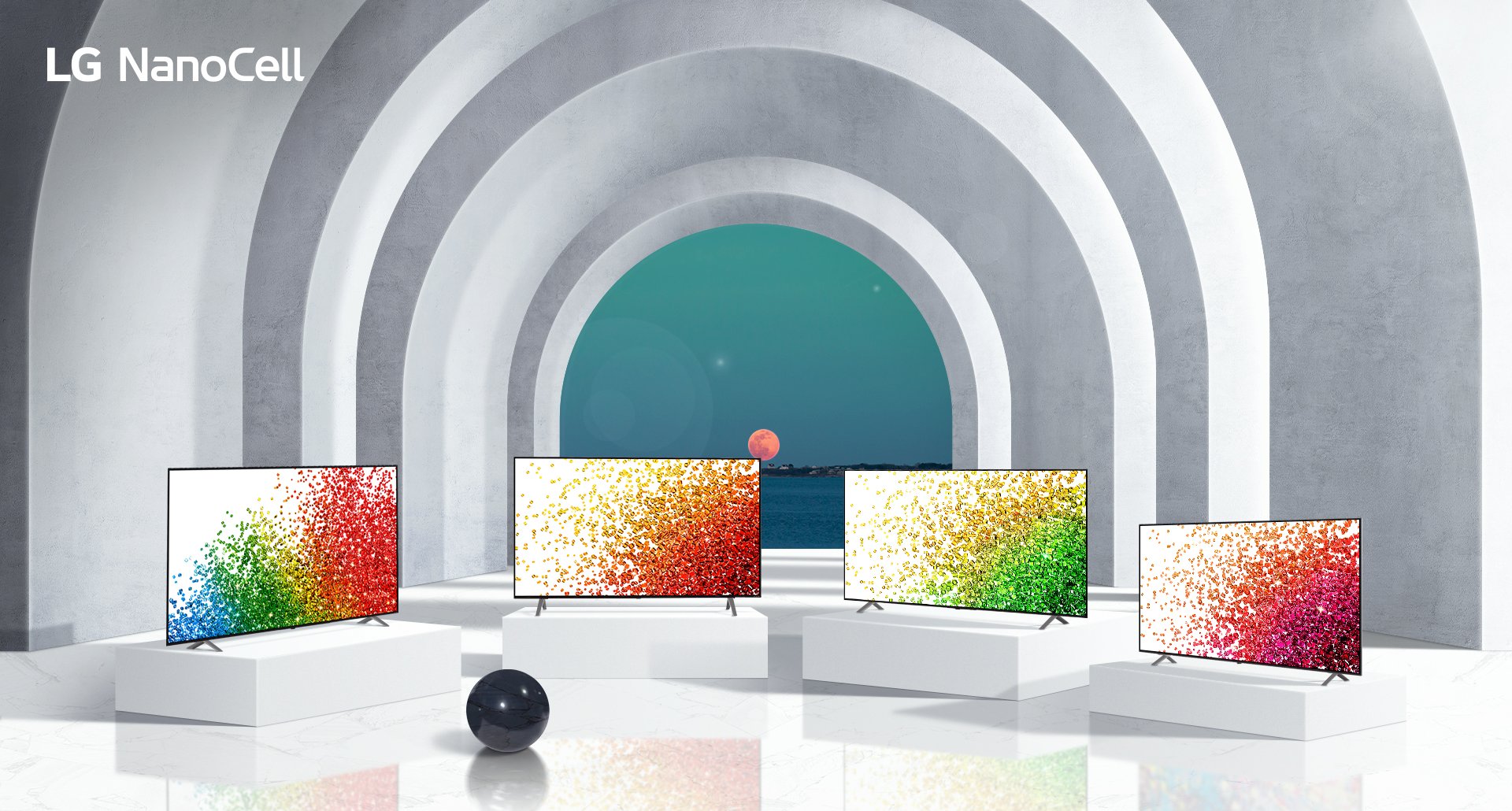
NanoCell vs. QLED: Which is better?
Palomaki Consulting undertook some research to find out more about NanoCell, and came to the conclusion that “claims that this technology is enabled by 1 nm nanoparticles is misleading” – pouring some cold water on LG’s hyper for NanoCell.
This consultancy is of the view that NanoCell uses a molecular dye. Its particles may measure a nanometer each, a billionth of a meter, but this is different to the Quantum Dot tech seen in Samsung QLED TVs.
Quantum Dot crystals emit light at certain wavelengths when fed UV light. Samsung QLED TVs do not rely entirely on this tech, but they do use a Quantum Dot layer to enhance color performance. NanoCell appears to be a little more conventional in comparison.
The real-world aim in both cases is the same. Today’s top-quality TVs get close enough to full coverage of the DCI P3 color gamut that most of us couldn’t tell the difference between what we get and 100% coverage.
What’s DCI P3? It’s a standardized array of color tones devised by several leading film production companies. It lets TVs and color graders nail down what a specific color in any movie or image should actually look like. Attain close to 100% DCI P3 coverage and you have a screen with very rich, vibrant colors.
Top NanoCell TVs like the NANO90 have very good color coverage, if not quite at the level of new Samsung TVs with QLED tech (like the Q90T). The NANO90 is significantly cheaper too, though, so slightly lower performance in this area is not a huge issue.
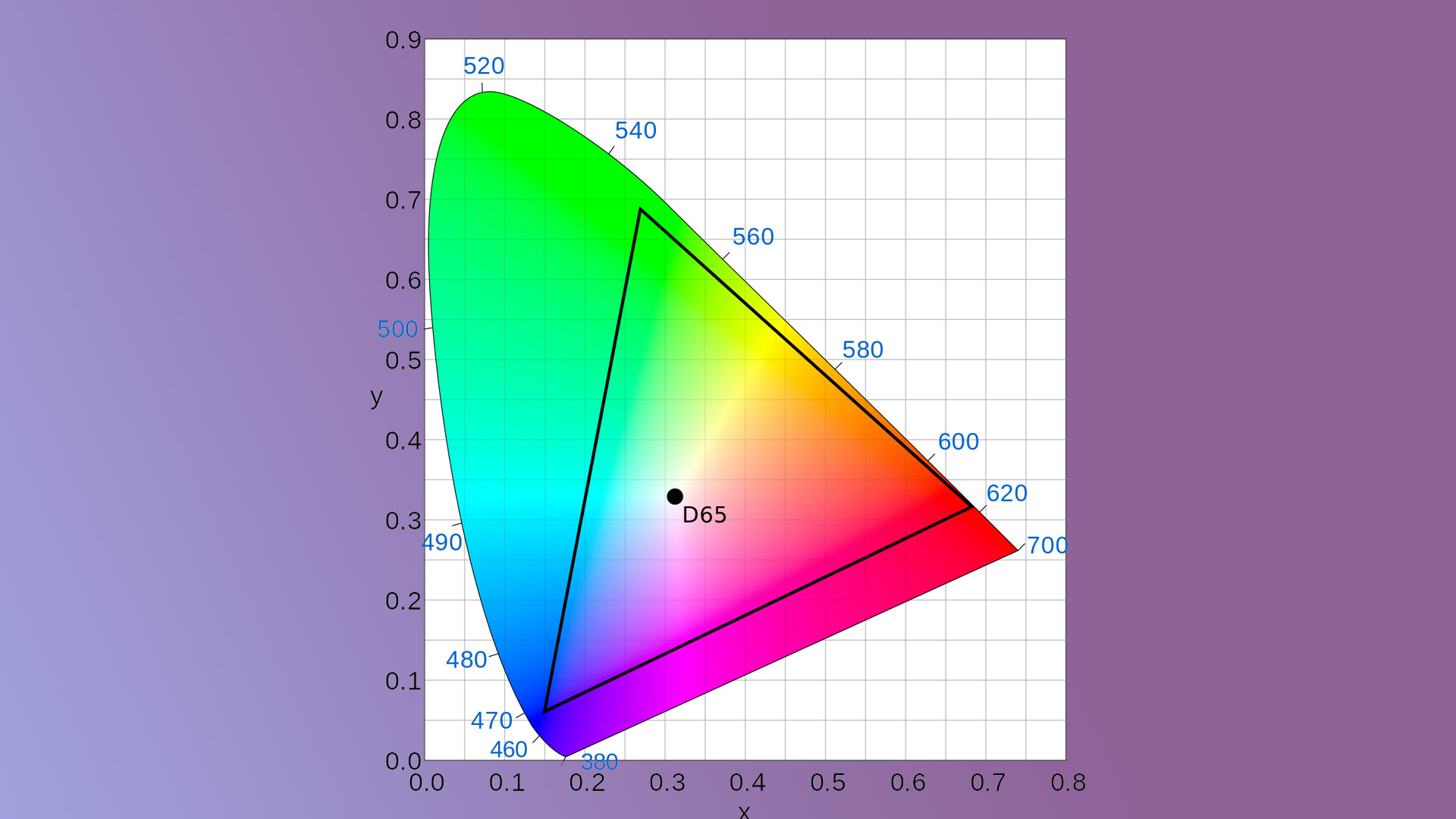
Are LG NanoCell TVs any good?
All LG NanoCell TVs use IPS display panels. These are great in some respects, as IPS offers very wide viewing angles. You don’t need to sit dead-center in front of your TV to see a clear picture.
However, IPS displays also have much lower native contrast than the VA panels used in Samsung QLED TVs, or the OLED type seen in top-end LG screens like the LG CX OLED.
In an image of white and black squares shown on an IPS display, the white parts will typically be around 1,000 times brighter than the dark ones. That difference is raised to around 4,000-7,000 times in a VA TV.
The result: LG NanoCell TVs have relatively narrow dynamic range. Blacks will never look that black in a darkened room, and this is exacerbated by a paucity of local dimming zones.
Local dimming is used in most higher-end LCD TVs (that includes NanoCell and QLED, which are still LCDs). It’s where different sections of the backlight can be operated independently, making parts of the panel brighter than others in order to lower the back floor and improve contrast.
The 65-inch LG NANO90 has 32 local dimming zones, fewer than the 50 zones of the 55-inch Samsung Q80T or the 792 Vincent Teoh* identified in the 65-inch Samsung QN90A. And the LG NANO90 arguably needs them more, because its native contrast is lower to start with.
Fewer local dimming zones mean you’ll see blooming around bright objects. It will be particularly noticeable if you watch a film with subtitles, to the extent you’ll probably want to turn the feature off when watching foreign language movies.
These contrast issues are why the most attractive LG TVs with NanoCell are not its ‘NANO’ TVs at all, but its new-for-2021 QNED screens. This range combines a NanoCell layer with a Quantum Dot color enhancer and miniLED panel.
Mini LED panel tech is the most interesting thing to happen to LCD TVs in some time. It sees the LEDs in the backlight shrink, so that many, many more can fit into the display.
Get daily insight, inspiration and deals in your inbox
Sign up for breaking news, reviews, opinion, top tech deals, and more.
LG says the top-end 86-inch QNED set will have around 30,000 backlight LEDs, split into a little under 2500 zones. That’s close to 80 times more zones than the LG NANO90.
However, don’t name your TV fund ‘QNED’ just yet. These sets are likely to use IPS panels still, and we don’t know quite how effective a massively increased number of dimming zones will be at improving this panel technology’s limited contrast.
Should I buy an LG NanoCell?
We’ve levelled some criticisms at LG NanoCell TVs, which mostly affect use in a darkened room.
If you like to turn your living room into a micro cinema, these TVs are not the best choice, and you should find one with a VA or OLED panel instead. They simply don’t offer the same level of performance as the best Samsung QLEDs, or LG’s own OLED sets.
Their contrast is significantly lower, and this affects how they perform with HDR content, and how good movies look in a dimly-lit room. However, we may see better results in LG’s QNED sets, which also have NanoCell tech.
They are strong in other areas, though. Wide viewing angles mean no more arguments about who gets the best seat on the couch. Their anti-reflective top screen layer copes with ambient light well. Low input lag is good news for gamers. Upscaling in most NanoCell TVs is very good too, while higher-end models have 120Hz refresh rates and support for features like VRR.
Most of all, LG NanoCell TVs are priced fairly competitively, letting you utilize key PS5 and Xbox Series X features like HDMI 2.1 and VRR without spending a fortune.
The main appeal of NanoCell TVs today, then, is they offer high-end features at a largely affordable prices – with a low cost for entry-level NanoCell models that will no doubt appeal to many with smaller budgets.
What LG NanoCell TVs are on sale in 2021?
Let’s have a closer look at the various NanoCell ranges you can buy today from LG’s 2020 and 2021 ranges, and their specific features. If you want to find out more about the whole 2021 range, check out our LG TV 2021 guide too.
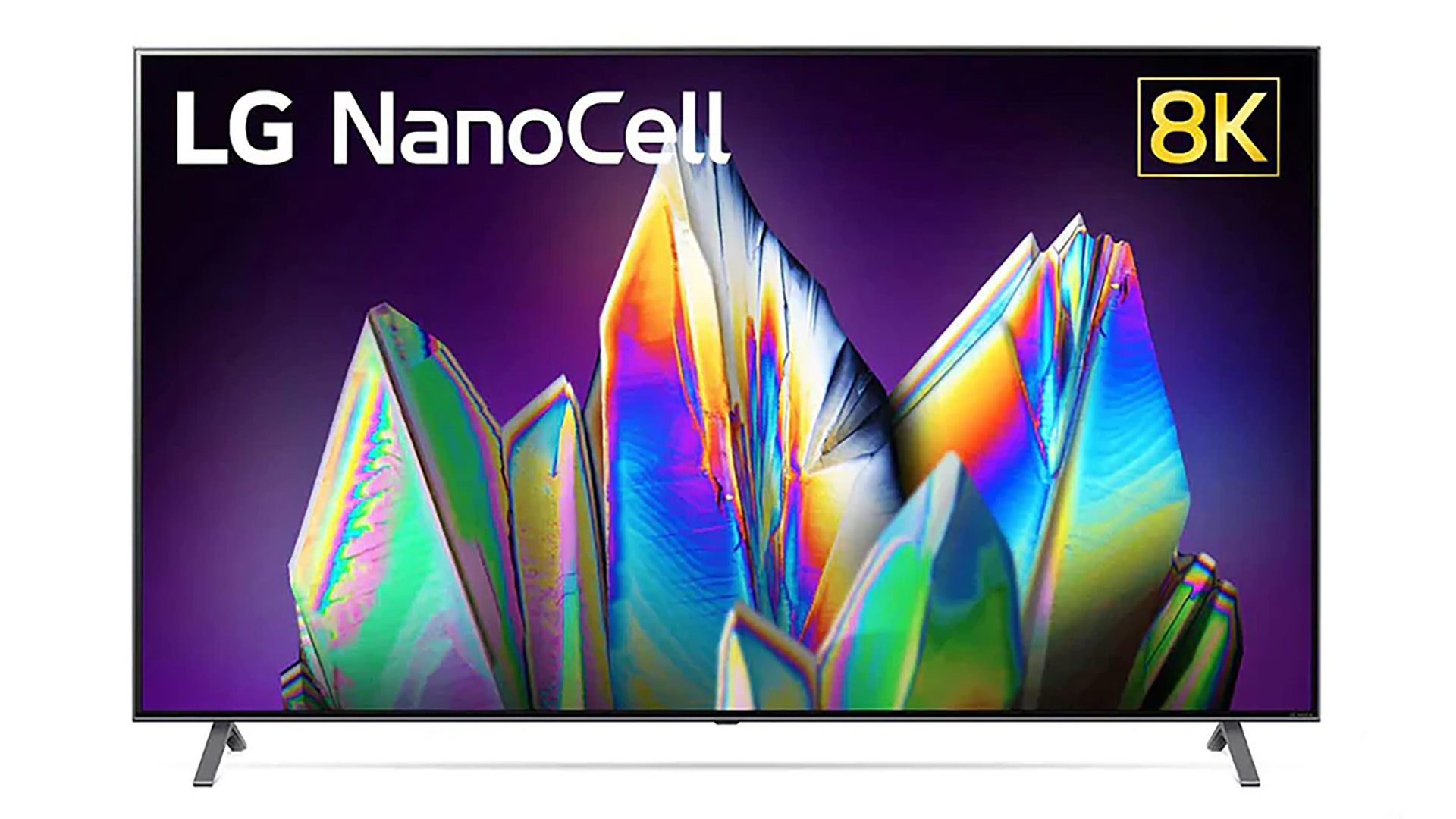
LG NANO99 (2020)
- Available in: 65-inch, 75-inch
- 8K resolution
- 4K/120Hz
- Local dimming
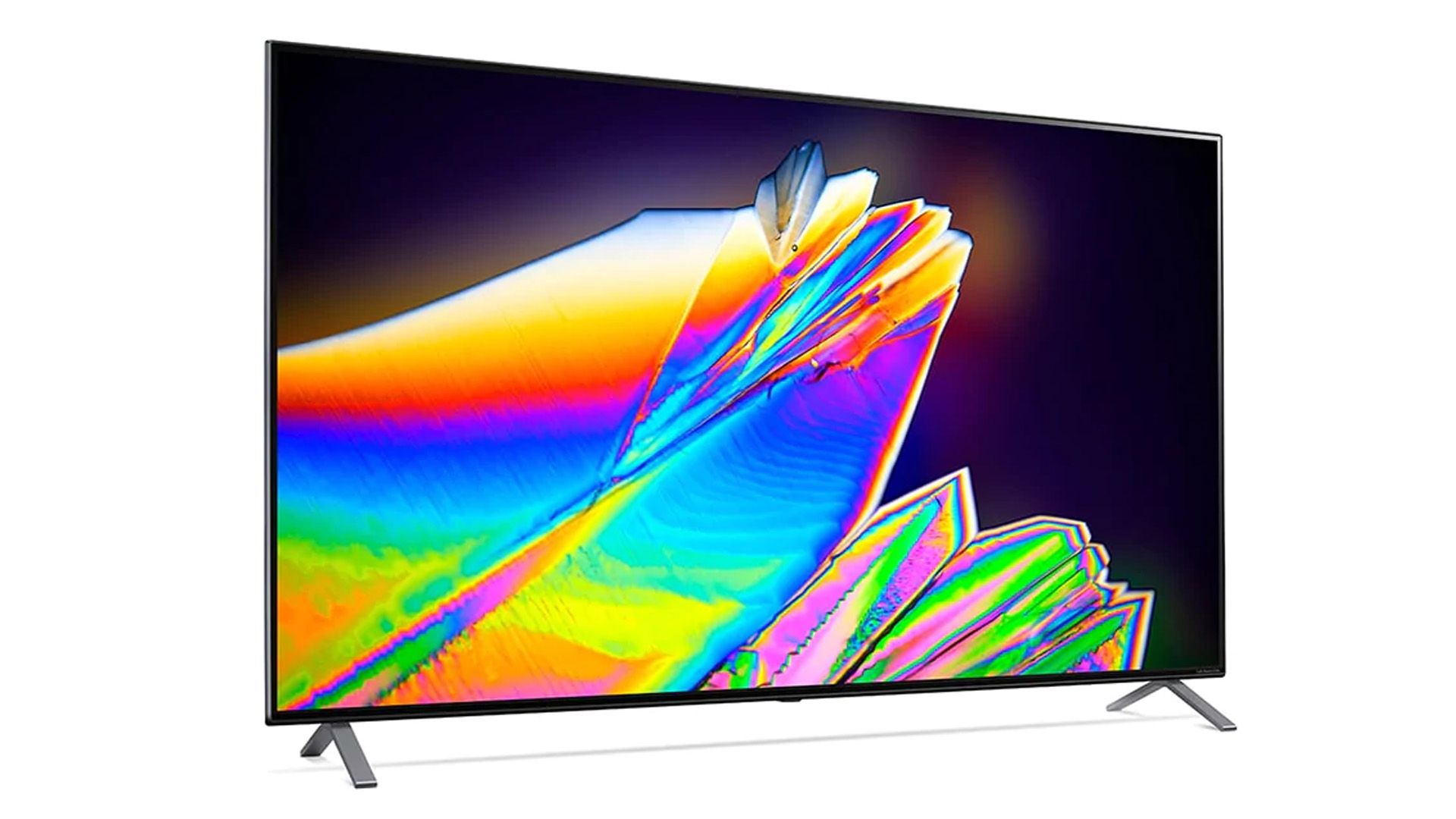
LG NANO96 / NANO95 (2021)
- Available in: 55-inch, 65-inch
- 8K resolution
- Local dimming
- 60Hz
- VRR
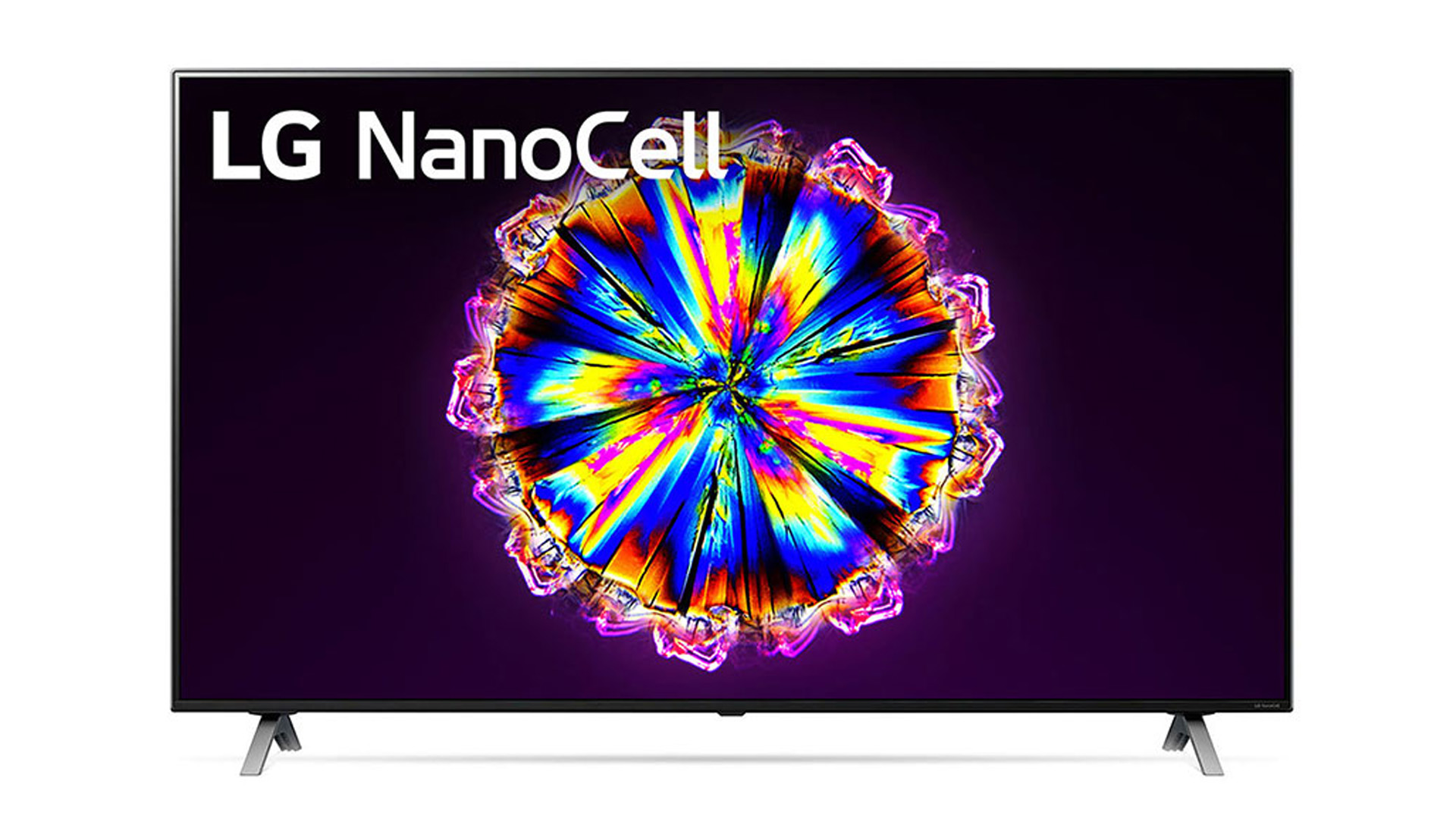
LG NANO90 / LG NANO91 (2020)
- Available in: 55-inch, 65-inch, 75-inch , 86-inch (NANO91 only)
- 120Hz
- No local dimming
- HDMI 2.1
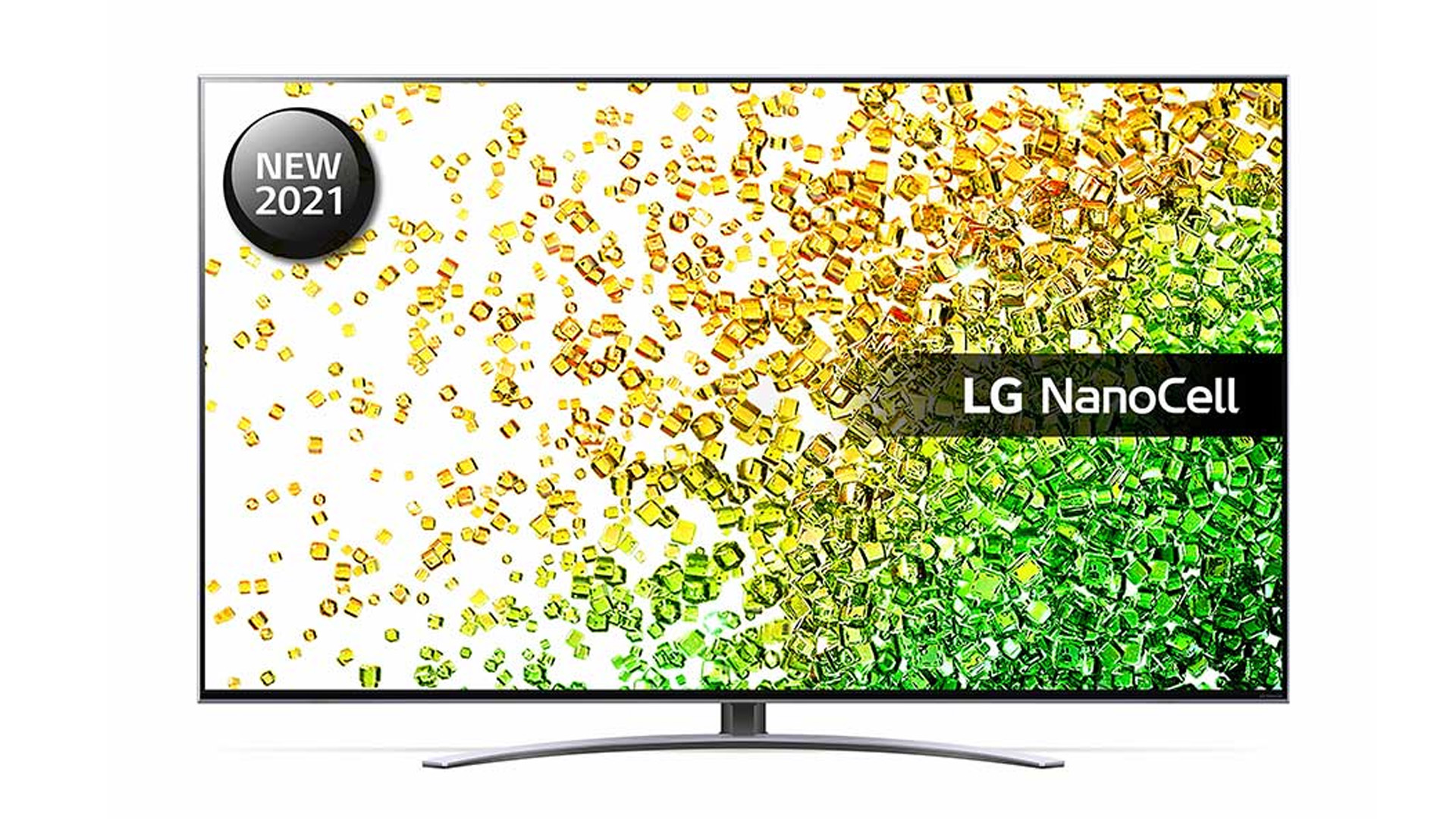
LG NANO88 (2021)
- Available in: 50-inch, 55-inch, 65-inch, 75-inch
- 120Hz
- Local dimming
- VRR
- HDMI 2.1
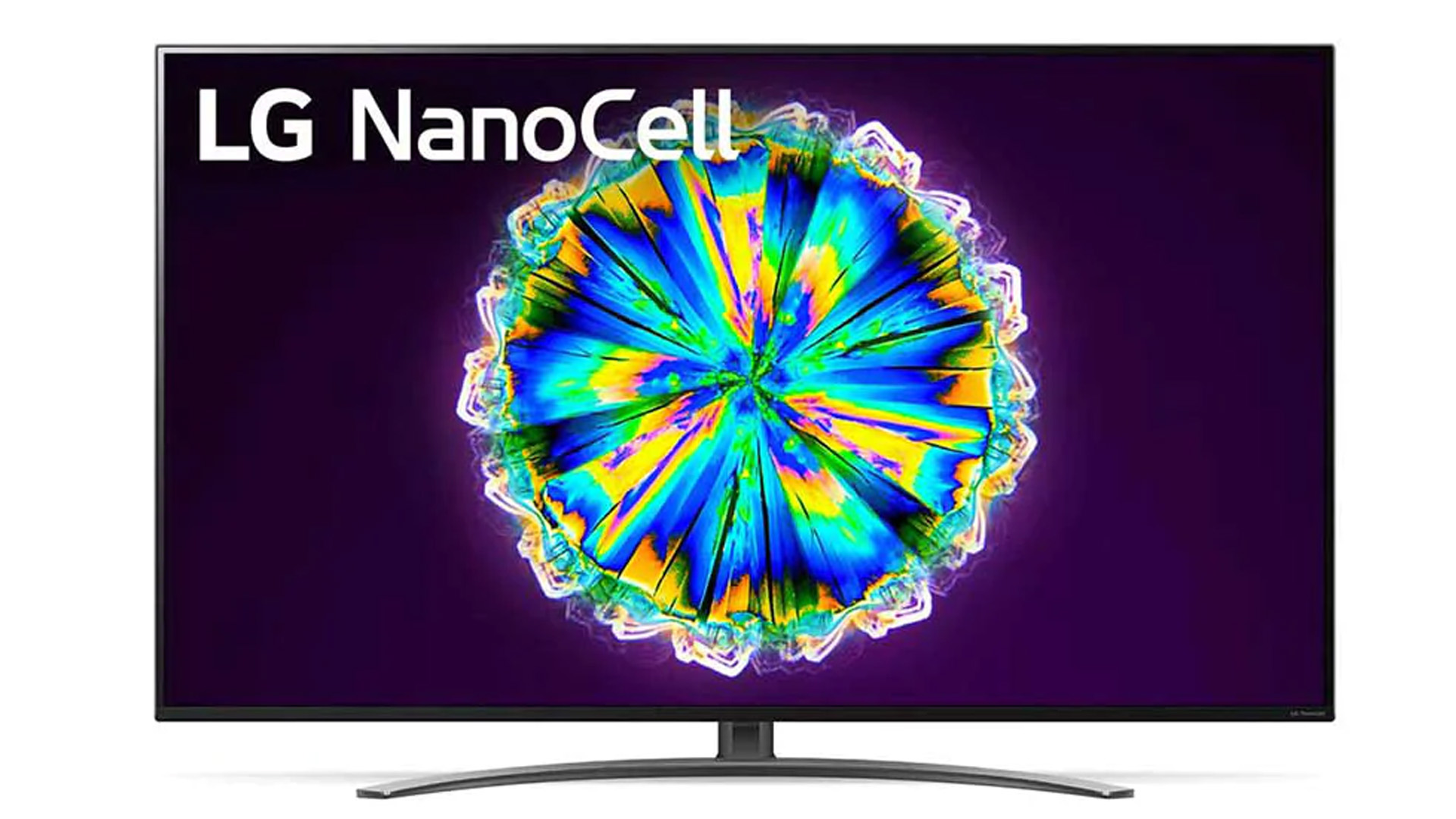
LG NANO86 (2020)
- Available in: 55-inch, 65-inch, 75-inch , 86-inch
- 120Hz
- Local dimming
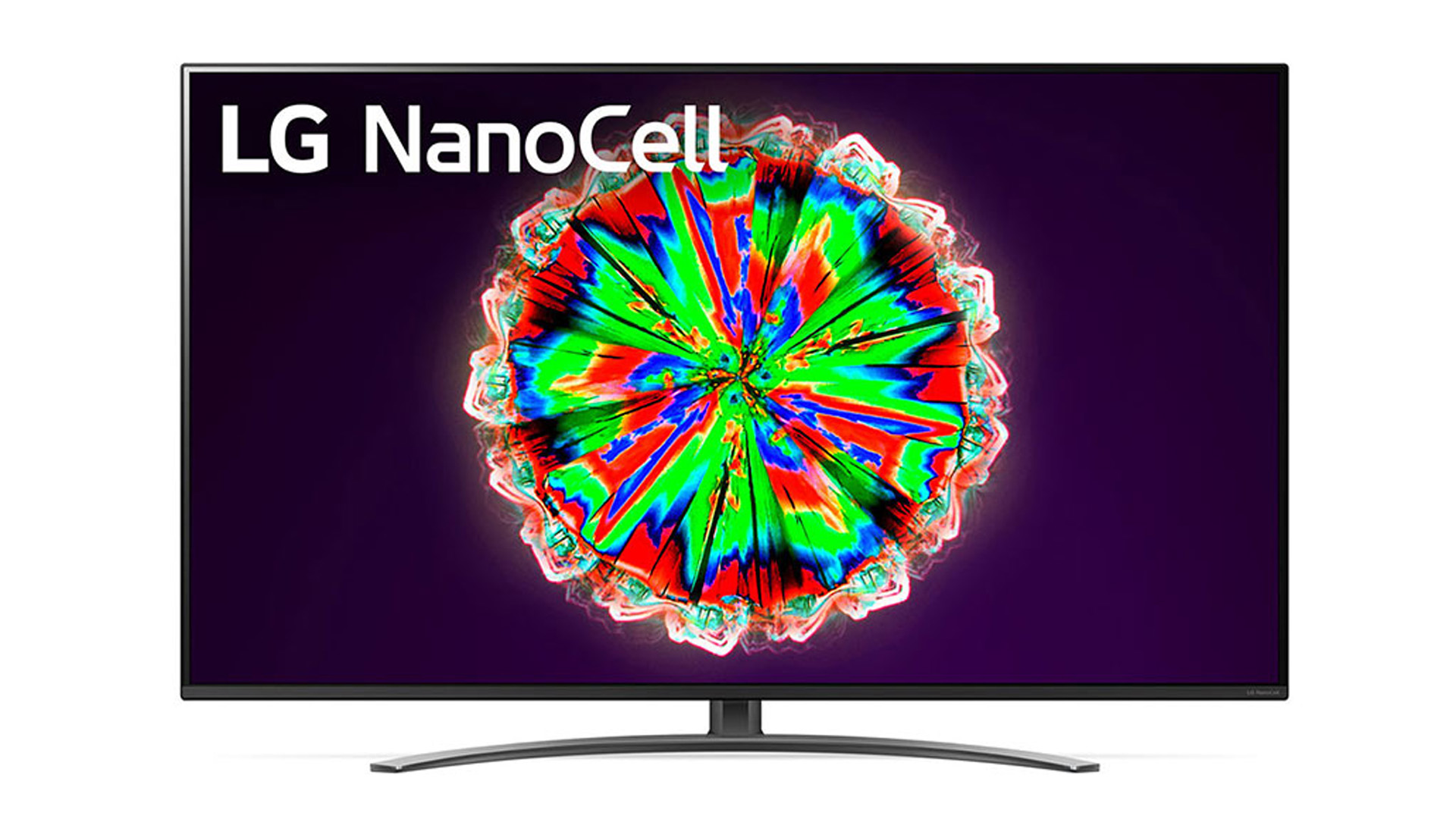
LG NANO816 / NANO806 (2020)
- Available in: 50-inch, 55-inch, 65-inch, 75-inch
- No local dimming
- HDMI 2.0
- Simpler scaling processor
- Check out the best TVs available today
Andrew is a freelance journalist and has been writing and editing for some of the UK's top tech and lifestyle publications including TrustedReviews, Stuff, T3, TechRadar, Lifehacker and others.
